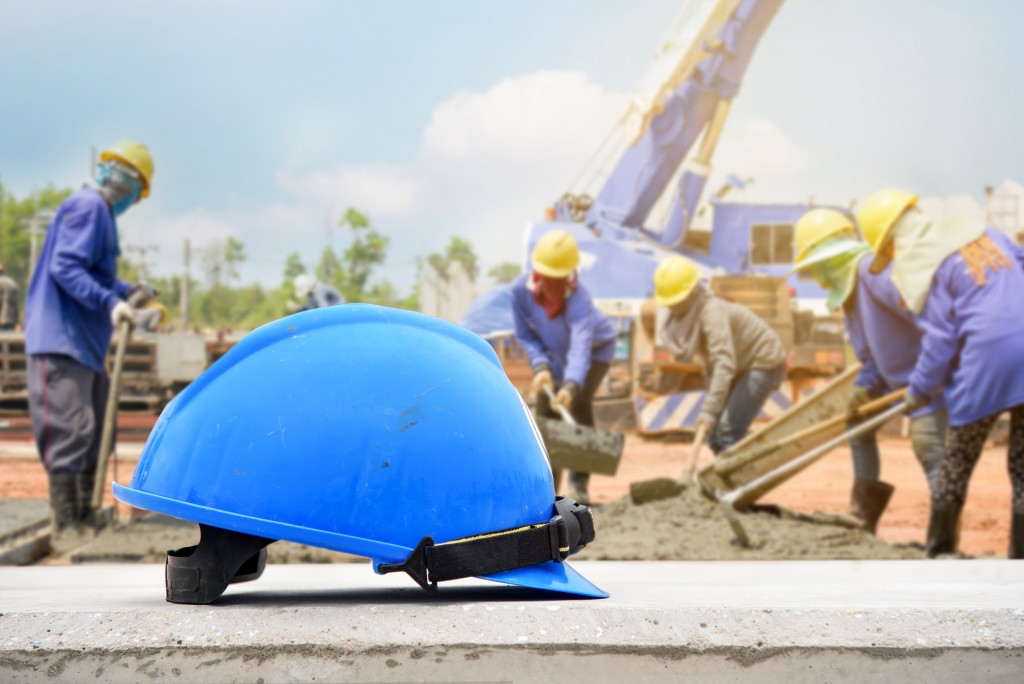Feats of construction are a testament to human ingenuity. With creativity and science, these marvels of architecture and engineering came to life. But they will not be completed without the people who work on-site. And it is no secret that construction sites are one of the most dangerous workplaces given that anything can go wrong if safety isn’t observed. Negligence can potentially lead to unnecessary delays or worse, accidents. Here are some considerations to make construction sites as safe and efficient as possible.
Safety Gear

People in the construction business are often aware of the dangers that lurk in every corner. Still, taking extra measures to protect workers is necessary. One thing you can do is ensure each worker is fully equipped to deal with any potential danger. The term “hard hat” area came from the fact that workers wear helmets to protect their heads from falling debris. However, that’s not the only gear they should use. Gloves protect their hands and keep them clean when dealing with work. Steel-toe safety gumboots allow them to move around the site without hurting their feet, even if they step on something sharp or hard. One worker without proper personal protective equipment can harm not only themselves but others as well. So, make sure to check your staff regularly to ensure they are wearing the right safety gear whenever they are on-site.
Signs
Safety signs let people know about what they should do and where to go, especially in times of emergency, such as a fire. These signs apply to both the workers and the people who pass by the site. These also help remind the workers to keep their gear worn at all times. These signs must be easy to notice, read and understood. Be sure to partner with companies that follow the necessary safety standards and regulations to manufacture signs in the right format. Some providers even customise signs to suit your specific needs or branding.
Zoning
Similar to zoning in architectural plans for the building itself, there should also be some consideration into zoning the construction site. This calls for arranging the areas that need to be near each other, as well as those that shouldn’t. For example, workers’ should easily reach their quarters or “barracks” from the entrance and exit area of the site. The site itself shouldn’t be accessible by the public except for important people such as public officials, so well-positioned guardhouses are vital. Zoning will also help streamline the flow of incoming deliveries such as construction materials and heavy equipment. The smoother the workflow is, the more time and efforts are saved.
Construction workers’ safety and preservation depend on how well the management plan and implement safety programs. These regulations should mitigate every safety risk. For a worker, workplace safety is their lifeline. For employers, it can spell either successful projects or legal liabilities. Construction sites won’t be risk-free, but with extra safety measures, you could, at least, lower the risks and give everyone on-site peace of mind they need to carry out their tasks day in, day out.
